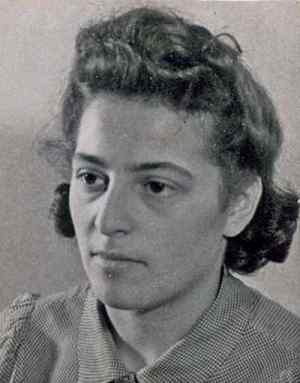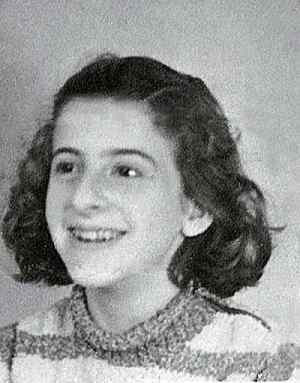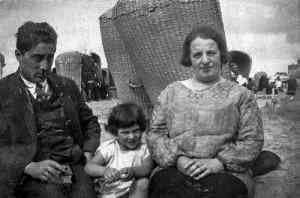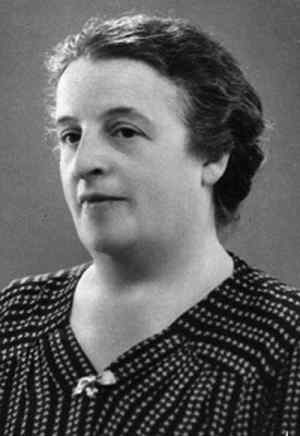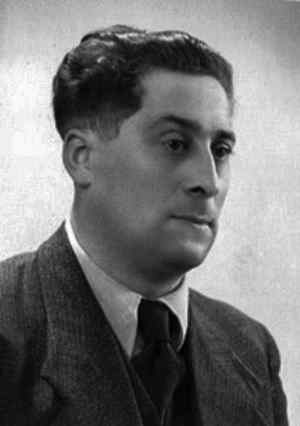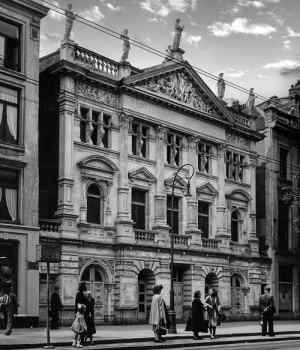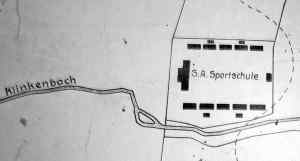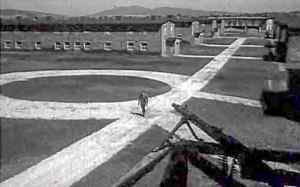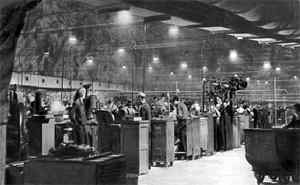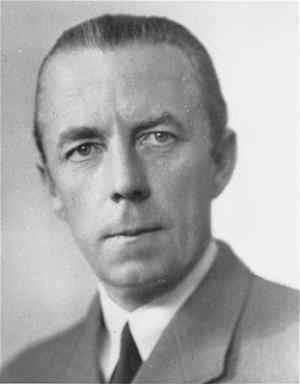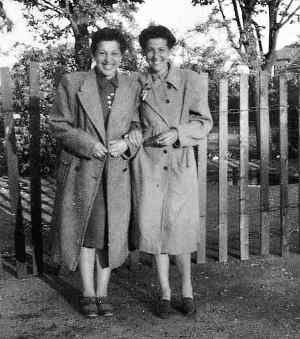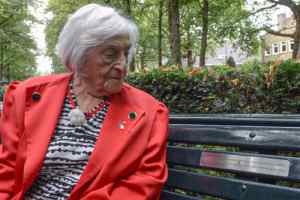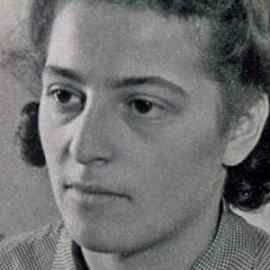
Lotty (Charlotte) Veffer
At least someone will be there when we get back
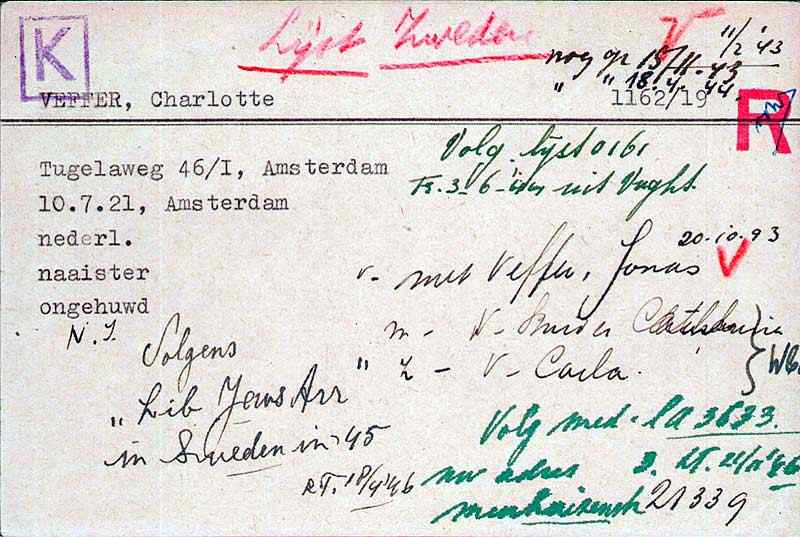
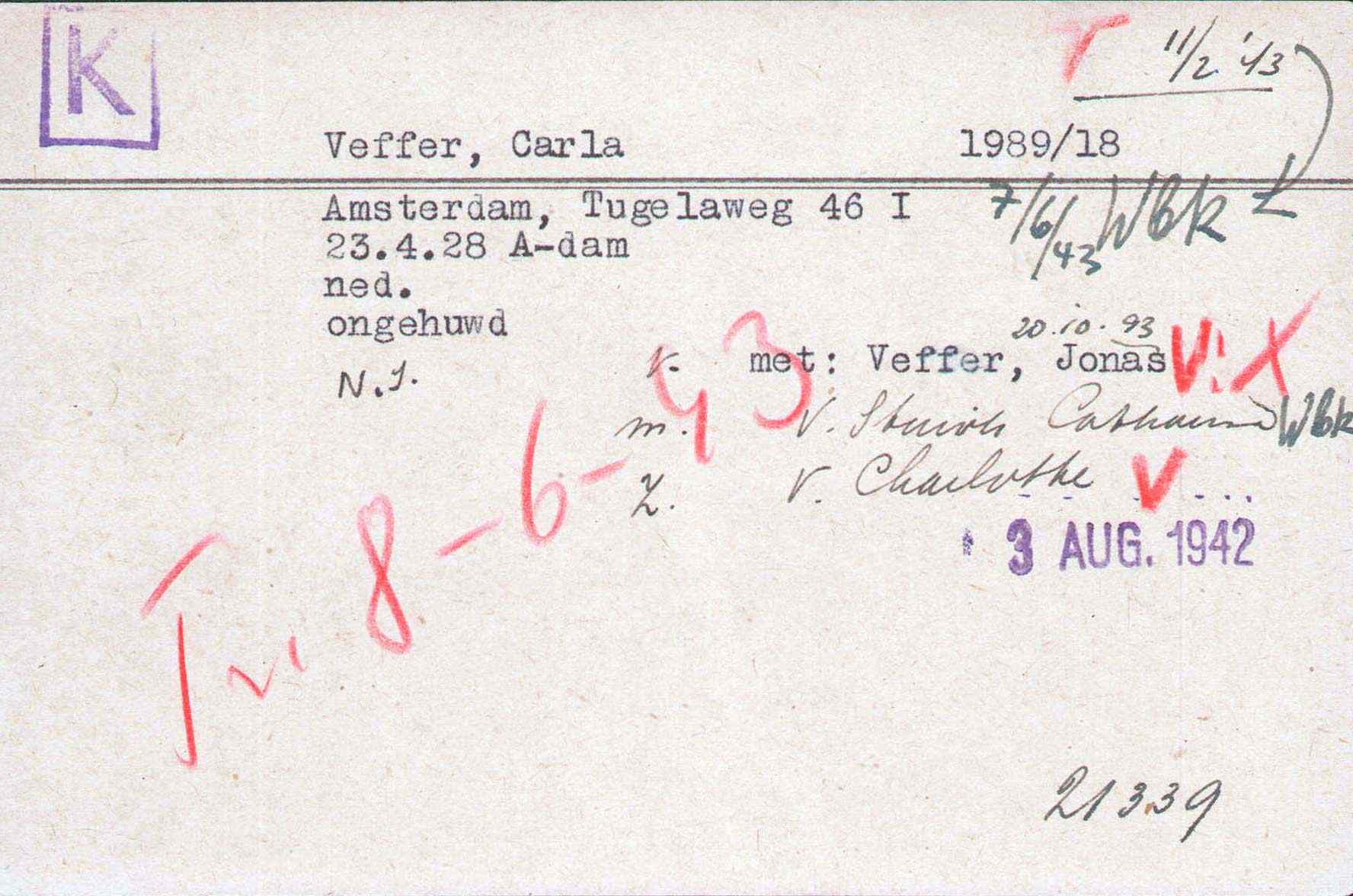
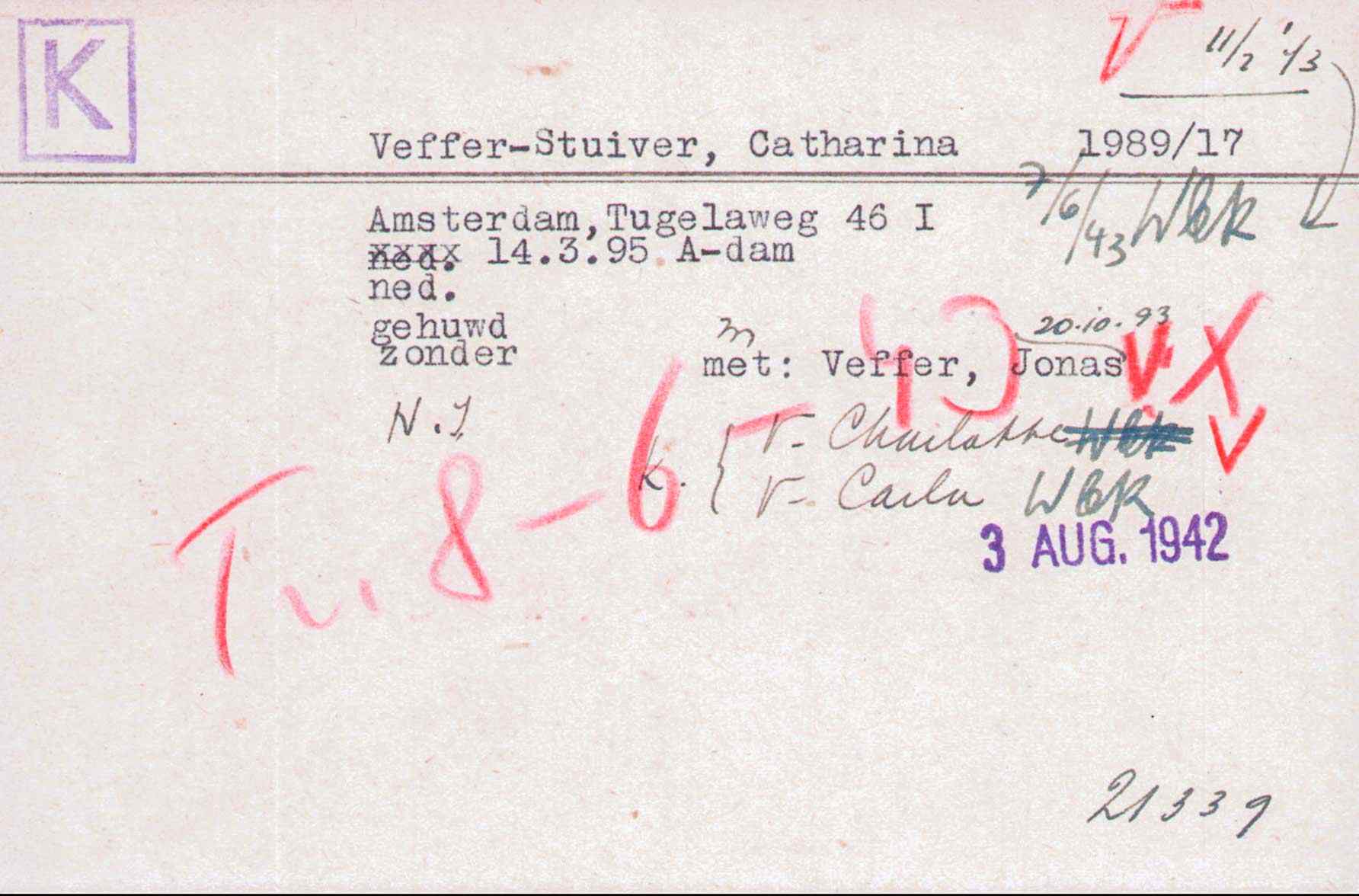
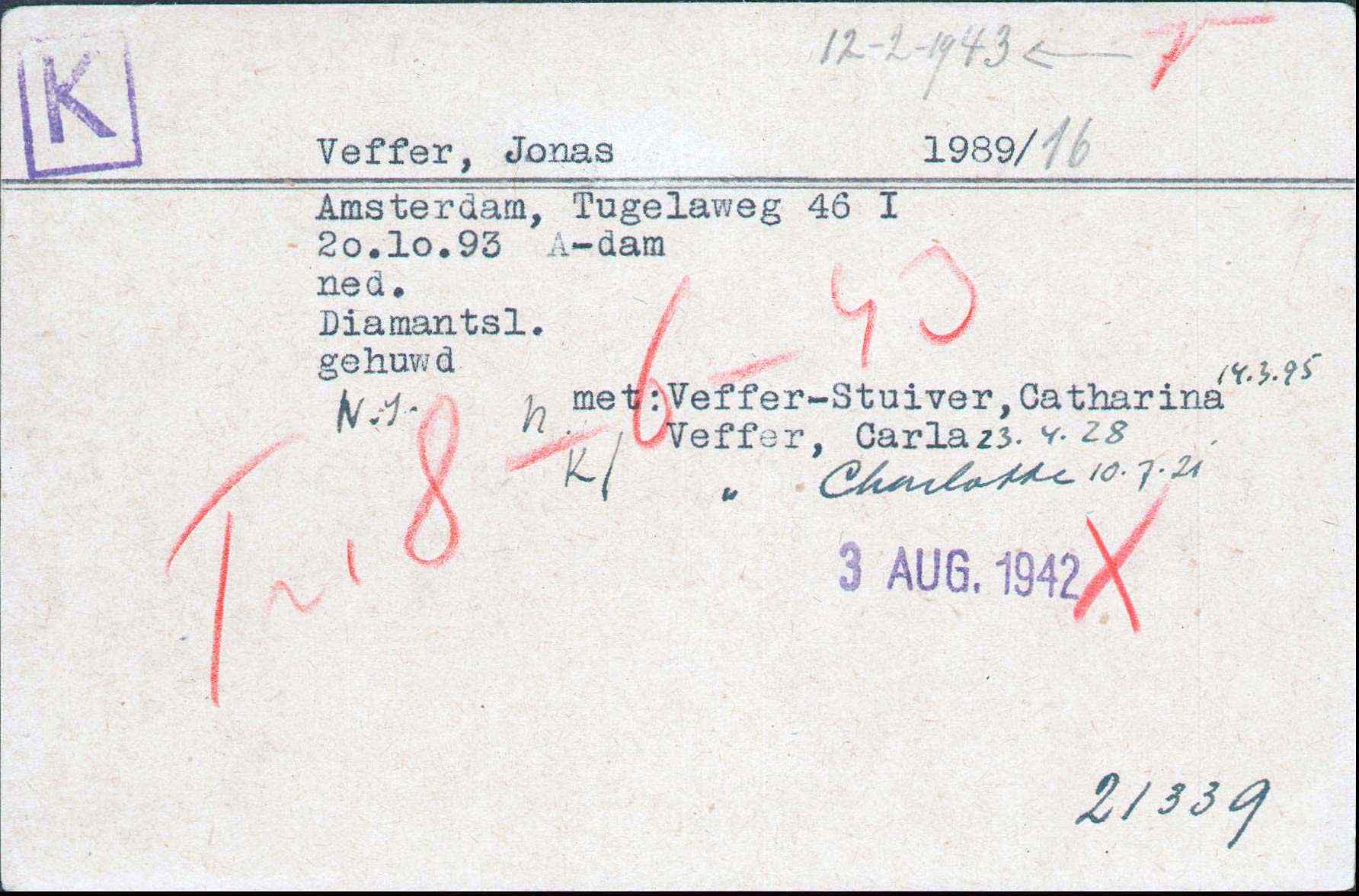
Lotty Veffer was born on 10 July 1921 on the Tugelaweg 46 into a happy non-believing Jewish family in East Amsterdam. Lotty had a pleasant childhood. Before her marriage her mother, Catharina Stuiver (born March 14, 1895) worked in sales at the Bijenkorf in Amsterdam and came from a large family. Lotty wants to study French, but her parents tell her to learn a trade first. So right after school Lotty starts working as a diamond cutter. Her father, Jonas Veffer born October 20, 1893, was a diamond polisher by profession. The family plays a lot of music at home and regularly sings together. Her sister Carla, seven years younger, plays the violin and Lotty plays the piano.
Lotty's sister Carla was born on April 23, 1928. She was almost seven years younger than me. I was very happy to have a sister. I do remember that I always asked for a sister or a brother. Of course I did play with friends, but a sister or brother it was different. Because of that big age difference, Carla also had very different girlfriends than I did. Carla was very serious about school and her music too. At least she was more serious than me when it came to music. Lotty never forgot her first concert she attended as a child in the Amsterdam Concertgebouw with her sister Carla. Willem Mengelberg was the conductor.
Germany invades The Netherlands
Lotty Veffer is 19 years old when the war breaks out for the Dutch people on May 10, 1940. She tries to flee the Netherlands with her fiancé, but that attempt fails. Despite the increasing anti-Jewish measures, Lotty is optimistic: "The war will not last that long" she thought. In 1942 many friends and acquaintances of the Veffer family already received a call to work in Germany. When they come to say goodbye, Lotty expects to see them again when the war is over.
Konzentrationslager Herzogenbusch (Kamp Vught)
In the evening of February 11, 1943 Lotty is taken from home in a razzia. This roundup mainly involved young diamond workers. It was unclear why at the time. Her parents and her sister Carla got left behind. But later that evening, they are also picked up by the Germans. The whole family is transported to Vught on February 13, 1943 via the Hollandsche Schouwburg.
The Hollandsche Schouwburg
The Hollandsche Schouwburg was a theater on the Plantage Middenlaan 24 in Amsterdam. It had been a Jewish run company before the war. In 1941 the Germans changed the name to Joodsche Schouwburg. In 1942, the Germans requisitioned the theater as a gathering place for Jews who were to be deported. The building had a double function as a gathering place: it was a reporting point for Jews who had been summoned for deportation, but also the place where Jews who had been arrested during raids were delivered. When we arrived at Camp Vught it was barely finished. It was one big chaos. Everyone had to stand on roll-call endlessly.
Lotty, now 22, is placed in the women's camp with her mother. Carla has to go to the barrack for girls from 13 to 16 years old. Lotty and her father are not allowed to work because they have to save their hands for the work in the diamond processing department that the German occupiers want to set up in Vught.
Seperated from her family
On June 5 it becomes clear that Carla and her mother have to leave the camp. Lotty's father was allowed to leave too, although that that was not mandatory. Lotty's father stays with Lotty in Vught as Lotty's mother believes that to be better . “Then at least someone will be there when we get back” her mother says. But my mother and father wanted to be together and left with Carla. Slowly it dawned on those left behind that no one would ever come back." Lotty stayed behind in Camp Vught on her own.
On June 6 and 7, 1943 the so called 'Kindertransport' (two transports with nearly 1.300 Jewish children) left camp Vught. German authorities had decided that all children under the age of 16, had to leave Camp Vught. Parents were allowed to accompany the children. They were told they were going to a special children's camp nearby. But the trains went straight to transit camp Westerbork. Lotty's parents and her sister Carla left on the first transport on June 6 1943.
Deported to Sobibor
After a very short time in Westerbork, Lotty's sister Carla and her parents were transported to Sobibor the extermination camp in Poland. They were deported by train on June 8, 1943, (This is marked by the red letters on the cards at the top of this page). They were gassed in Sobibor on arrival on June 11, 1943. Nearly all the 1.300 Jewish children were killed immediately upon arrival. Lotty's parents and sister were among them. Lotty never saw her parents or her sister again.
Transported from Vught to Auschwitz
A few days after the Kindertransport left, Lotty is employed by the Philips Kommando. Now being a 'skilled worker' she receives a sligthly better treatment and was able to remain in Camp Vught until June 1944. Nearly a year after her parents and sister were deported, Lotty and all other Jewish Philips workers, are also deported to Auschwitz - Birkenau. As skilled craftsmen they escape the gas chambers. Lotty got a prisoner number tattooed on her arm.
Fritz Philips succeeded in getting the so called 'Facharbeiterinnen' released from Auschwitz. They are transferred to Langenbielau 1 or Reichenbach (Rychbach), a subcamp of the concentration camp Gross Rosen in Poland. Here they worked in the Telefunken factory, manufacturing communications and lighting equipment for the German war industry. They lived in the barracks of the 'Sportschule' and they received food from the factory.
The Gross- Rosen subcamp Langenbielau 1, was located in the Prussian province of Lower Silesia (Niederschlesien), in what is present day Bielawa, about 60 kilometers (37 miles) to the south of Breslau (Wrocław). That the camp had two names is due to the fact that the accommodation barracks were located between the villages of Langenbielau and Reichenbach. The buildings were part of the former SA Sports School thus the origin of the camp’s name Reichenbach Sportschule.
Death march
Lotty stays in Reichenbach until January 1945. When the Russian troops are approaching (Reichenbach was liberated on May 8, 1945 by the Soviet army) the women had to leave Reichenbach. Lotty remembers:
"From February 18 we walked for four days. It was cold and we did not have any food. This was followed by six days and nights in open freight cars. We passed by Dresden, Leipzig, Hanover, Celle and Bergen Belsen station. We stayed in a small camp near the Porta Westfalica for about a month . On April 1, we continued, four days by train to Beendorf, a terrible camp where women worked naked in the salt mines. The female prisoners produced munitions for the Germans. They worked for 12 hours a day between 425 and 465 metres underground. The women were lowered down the shaft in small cages. From Beendorf a train journey of ten days followed in closed carriages, with more than a hundred women per train carriage. Several women were suffocated or got trampled to death during the journey".
Liberated
The 'Philips group' was released through an arrangement with the Germans and Swedish nobleman and diplomat Count Folke Bernadotte (2 January 1895 - 17 September 1948). In World War 2 he negotiated the release of about 31.000 prisoners from German concentration camps, on behalf of the Swedish Red Cross. Lotty was one of those 31.000. The women were exchanged by the Nazis for German prisoners of war. After which the women were were taken to Sweden via Denmark on May 4, 1945. They were very well looked after in Sweden. Some even stayed there.
Going home
After more than three months, she travels home by train to the Netherlands, to Amsterdam. She arrives in Amsterdam on August 26, 1945, but there is no longer a home. The first night in Amsterdam she and her friend Beppie Schuier sleep on a bench in the Apollolaan. They had been given a horse blanket at the 'reception' in Amsterdam. They slept under it that night. She used that blanket a lot. After Lotty passed away I found it washed and ironed in the linen closet. This blanket will be included in the permanent exhibition in the Resistance Museum in Amsterdam. (The museum is being renovated at the moment but will reopen on December 2, 2022 ) In September 2017, the bench was unveiled where Lotty and Beppie spent the first night after their arrival in Amsterdam.
In 1948 she married Joep Huffener (1925-1989). They have four children (Joep, Carlo, Ronald and Mirjam) and five grandchildren (Frank, Michelle, Selma, Esther and Bram).
Together with Hetty Voûte (a Dutch resistance fighter), Lotty realized the "Deported children" memorial monument in Kamp Vught. in 1999. From that moment on, the children's transports are commemorated each year.
A big thank you to Mirjam for sharing her mother's story.
Personal images
Click the images to enlarge
Share on social media
The stories on my website educate about WWII. Please help by sharing them with your family, friends and on social media. Thank you!
